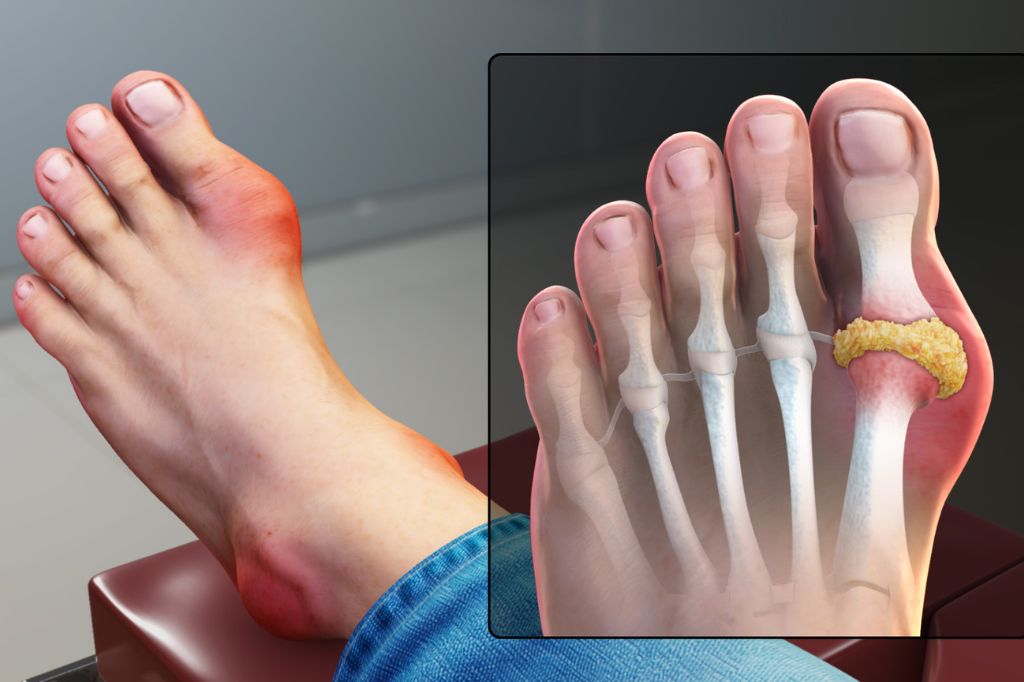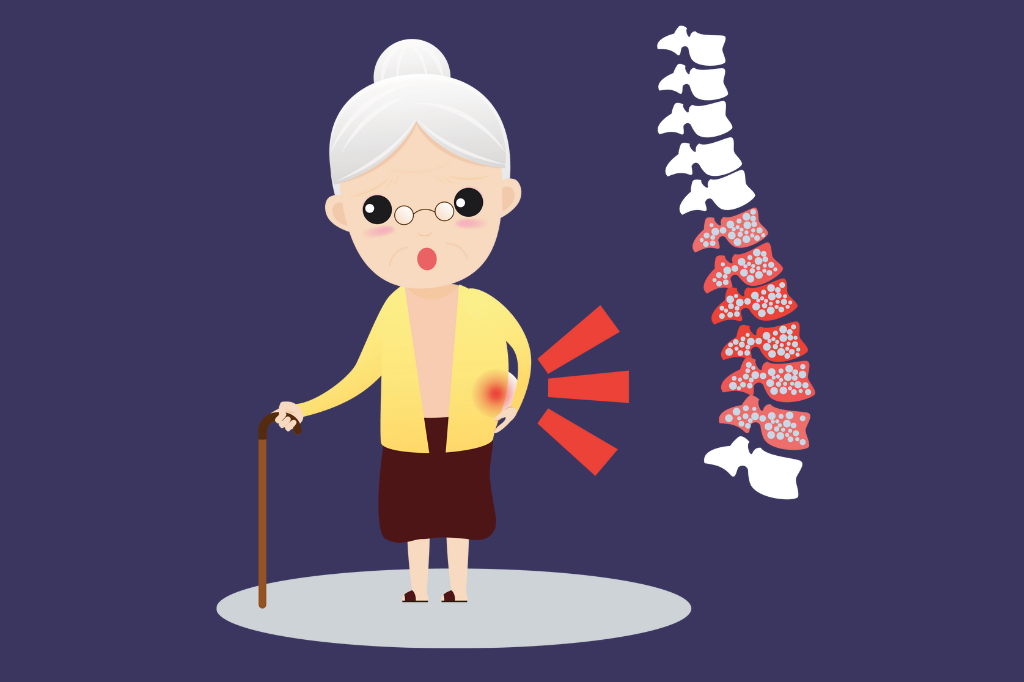5 Types of Back Pain You Should Never Ignore
- The types of back pain you shouldn’t ignore are sharp pains, dull aches, radiating pain, and pains that get worse when you move.
- Back pain accompanied by a fever may be a sign of something serious, and you should see a doctor immediately.
- If your back pain is severe and doesn’t improve with rest or over-the-counter medications, you should also see a doctor.
We’ve all been there—you wake up in the morning, start to get out of bed, and suddenly you’re hit with a sharp pain in your lower back. Or maybe you’ve been sitting at your desk all day, and you start to feel a dull ache in your upper back. Either way, back pain is no fun.
For some people, back pain is nothing more than a nuisance that goes away after a few days of rest. But for others, back pain can be a sign of a more serious condition. That’s why it’s important to be aware of the different types of back pain and when you should see a doctor.
1. Sciatica
Sciatica is a type of nerve pain that radiates from the lower back all the way down the legs. It’s caused by compression of the sciatic nerve, which is the largest nerve in the body. Sciatica can be caused by lumbar spinal stenosis (narrowing of the spinal canal), lumbar herniated disc, or Piriformis syndrome (when the muscle in the buttocks irritates the sciatic nerve). Symptoms include pain, numbness, and tingling in the legs. If you experience any of these symptoms, it’s necessary to see a doctor as soon as possible.
2. Sharp, stabbing pain
Sharp, stabbing pain in your back is usually a sign of an aggravated muscle or ligament. However, it could also be an indication of something more serious, such as kidney stones or a kidney infection. These conditions can cause intense pain that gets worse when you move around or make sudden changes in position. If you experience sharp, stabbing pain in your back, you should see a doctor immediately to rule out any serious underlying causes.
3. Lower Back Pain

Lower back pain is one of the most common types of back pain. It can be caused by lifting something heavy, Poor posture, wearing high heels too often, or sleeping in an uncomfortable position. Lower back pain can also be caused by more serious conditions like spine osteoarthritis, degenerative disc disease, spinal stenosis, or cancer. If your lower back pain is severe or lasts for more than a few days, it’s important to see a doctor so they can rule out any severe conditions.
4. Back pain that lasts more than six weeks

Acute back pain typically lasts for six weeks or less and then goes away on its own. However, if your back pain lasts longer than six weeks, it’s considered chronic—and it could be a sign of an underlying health condition. Chronic back pain can be caused by problems with the spine, such as degenerative disc disease or osteoarthritis, or other medical conditions like fibromyalgia or depression. If you have chronic back pain, make an appointment with your doctor to discuss possible causes and treatment options.
5. Back pain accompanied by fever
Back pain accompanied by a fever could be telltale of an infection, such as septic arthritis or vertebral osteomyelitis—or another serious health condition like cancer or autoimmune disease. Autoimmune diseases cause the body’s immune system to attack healthy tissue instead of protecting it from foreign invaders like bacteria and viruses. If you have back pain accompanied by fever, see your doctor immediately so they can order the appropriate tests and start you on treatment if necessary.
Learn: How to Relieve Lower Back Pain
Final thoughts
Back pain is no fun for anyone—but it’s crucial to pay attention to if it persists for more than a few days or if it radiates into your arms or legs. If you experience any of these symptoms, be sure to see a doctor as soon as possible so they can rule out any serious conditions.’






